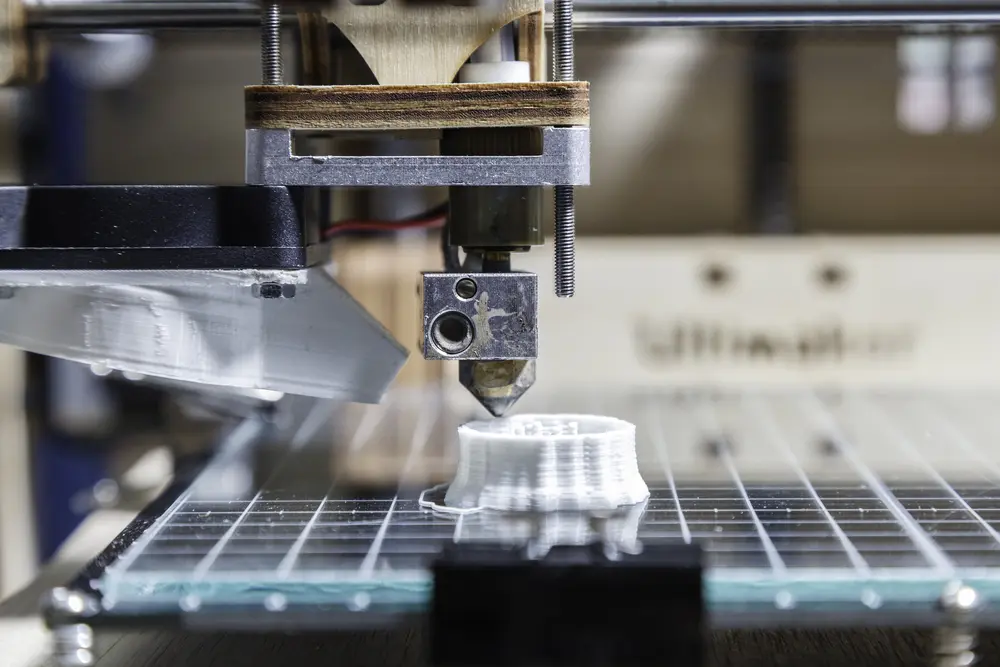3D printing isn’t just for prototypes. It is a highly versatile and efficient production technology that could revolutionize the manufacturing industry.
First, a virtual design is made using CAD software. This design is then prepared for printing by dividing it into hundreds of layers with a process called slicing.
Different 3D printing processes have different dimensional accuracy levels. Industrial-grade printers have higher accuracy than desktop models.
Rapid Prototyping
The time it takes to go from CAD design file to physical prototype can be significantly reduced with 3D printing. Replacing months or years of traditional wait times with days and weeks drastically improves product time-to-market.
This allows for rapid iteration of designs, which ultimately leads to a more optimal final product that will perform better in the market and be cost-effective to manufacture. The ability to quickly produce a new design also mitigates risk before committing to costly manufacturing with CNC machining or tool-based processes.
This on-demand manufacturing is ideal for a number of applications, from prototyping to creating end-use parts and products. Manufacturers can print prototypes in different materials as needed, such as a soft, biodegradable plastic called polylactic acid or hard plastic that mimics metal.
Rapid Manufacturing
As 3D printing technologies develop and improve, they’re becoming more capable of creating production parts. This can save money and resources on sourcing and logistics, as well as reduce inventory management.
A 3D printer is able to print parts made from a variety of materials, including plastics, metals and composites. To produce a part, a virtual design is created using computer-aided design (CAD) software. This works like a blueprint for the machine to read.
The most advanced printing machines can produce a full-scale prototype in hours, compared to the weeks it takes with traditional model-making and CNC machining. This drastically cuts time-to-market, allowing companies to launch new products and services faster. In addition, they can create multiple design iterations daily and quickly evaluate them to ensure the product is ready for market.
Customization
A pillar of the digital revolution, 3D printing empowers companies to meet consumer demand for products that feel uniquely personal. With production-capable printers, organic shapes are no longer the bane of machinists and intricate designs can be created in a way that is streamlined and cost-effective.
Slicing is a key step in the process of 3D printing that breaks down a design into layers, which then can be printed one at a time. Because this technology doesn’t rely on moulds, it can adapt to any product and reduce costs. This is especially important if you want to offer mass customization as a selling point for your product. It’s a trend that is becoming increasingly popular amongst consumers. Water sports mobility company JAMADE, for example, uses large-format 3D printers to create bespoke suits for their AMAZEA underwater scooters.
Cost-Effectiveness
3D printing has the potential to save manufacturers money by cutting production costs and eliminating the need for tooling. For example, a small company like NoiseAware used an FFF 3D printer to create prototypes of their sound-level monitoring device and reduce the cost of each unit by more than eighty percent.
Moreover, the printing process is much faster than traditional manufacturing methods. Once a virtual design is created, it can be printed within hours using select laser sintering or material jetting processes. This drastically cuts down the time to market.
Furthermore, 3D printing allows for parts consolidation, which can reduce inventory costs and waste materials. This can also lower shipping distances, reducing carbon emissions. As 3D printing continues to evolve, it has the potential to disrupt both manufacturing logistics and supply chain management.
Sustainability
The process of 3D printing replaces months and years of traditional wait times for prototyping, enabling product development teams to rapidly iterate. This reduces the risk of mistakes and costly delays in production and enables faster decision making when choosing between design iterations.
3D printing also removes the need for costly tooling and molds. This can save on upfront costs and allows companies to take on smaller manufacturing runs that could otherwise be uneconomical.
From components for surgical equipment to N95 masks and ventilators, to prosthetics, healthcare products are increasingly leveraging 3D printed parts to speed up labor-intensive product development and cut costs for both production and spare parts. This revolutionary technology is also helping to optimize products, create lighter designs, and make them more efficient with the latest materials and functionality.


